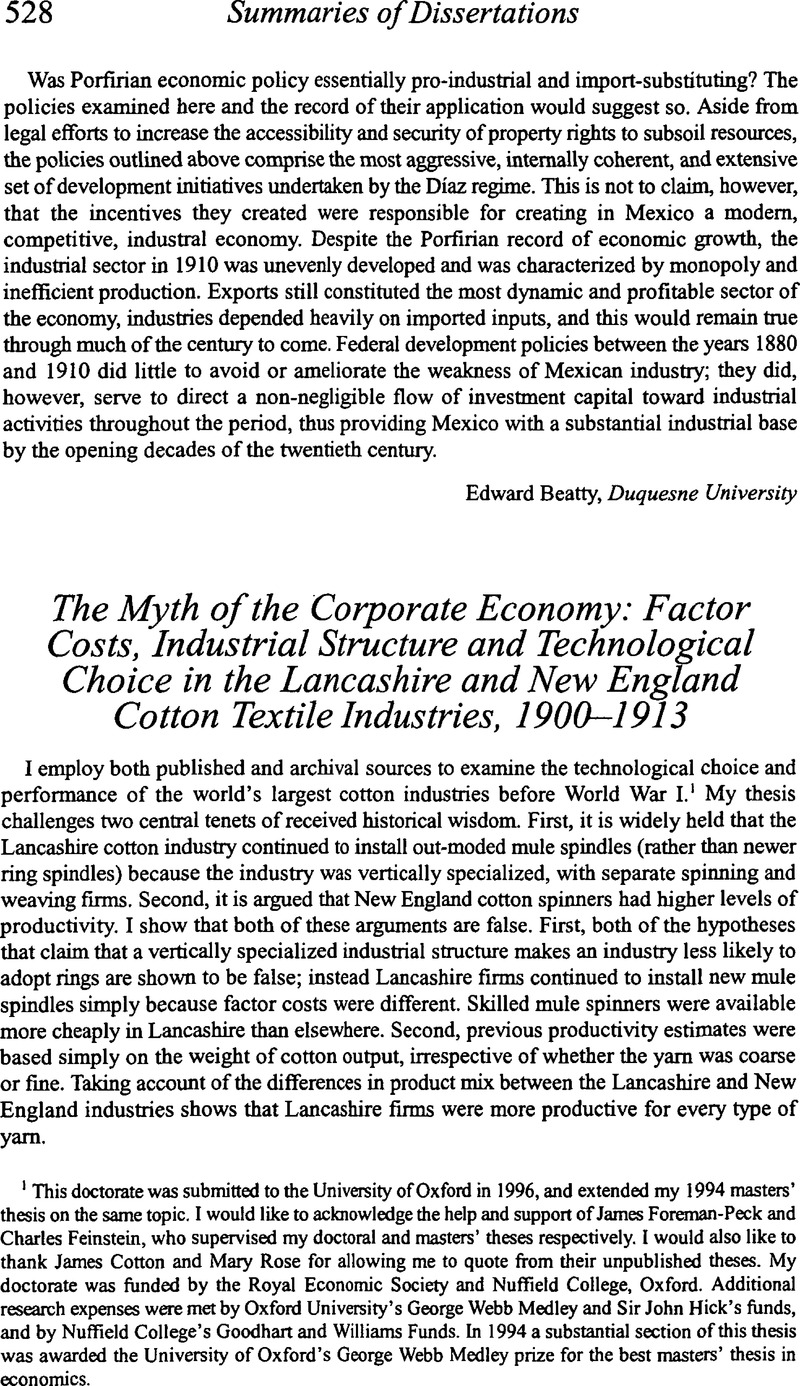Crossref Citations
This article has been cited by the following publications. This list is generated based on data provided by Crossref.
Boyce, Gordon
and
Ville, Simon
2002.
The Development of Modern Business.
p.
29.



